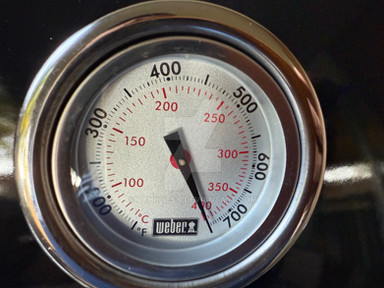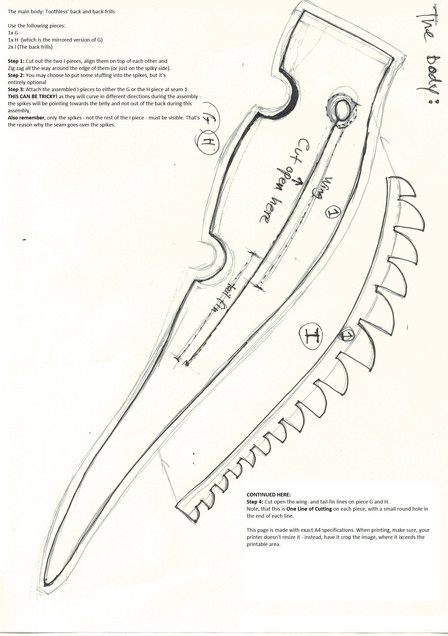HOME | DD
 North-Steading — Breastplate Tutorial - Basics
North-Steading — Breastplate Tutorial - Basics

Published: 2009-08-10 18:29:02 +0000 UTC; Views: 6723; Favourites: 60; Downloads: 98
Redirect to original
Description
As requested the start of some tutorials on leather working and leather armours - more to follow.A fairly brief discussion on the primary concepts in leather (and other) breastplates and other torso armours.
This isn't all inclusive but covers the main concepts that are used and allows a good starting point for mixing and matching to a point where a design can be produced.
These are armour concepts for LRP and costuming and although based on historical concepts and practical armouring approaches are not intended to be historically accurate.
(Though are intended to be believable as opposed to the silly high-fantasy approaches that get bandied about).
DL for full view.
Related content
Comments: 8

Pro tip : rigid breastplates should end at the natural waist, not the modern "jeans waist". Add a flexible fauld of mail or horizontal lames for protection of the hip and upper thighs.
Fantasy chest armor is often too long which, in the case of rigid armor, risks having the armor smack into your throat when you bend over, kneel or jump off a horse.
(Also, reminder that wearing a gambeson underneath is very much necessary to prevent broken bones and getting stabbed in the articulations / between the plating.)
Also, "leather armor" historically was actually made of rawhide. Rawhide is stiffer, but it can be better than tanned leather against cuts and thrusts. Leather is usually used for things that have to be both flexible and able to endure a lot of friction, like shoes, belts, straps, etc.
Thick tanned leather was pretty expensive in pre-industrial societies, and only the very thickest gauges could be useful as an armoring material.
But even then, a couple dozen layers of linen or wool in a padded garment would be both cheaper, more flexible and more effective against cuts and thrusts (gambeson was basically medieval kevlar, it was that good).
👍: 0 ⏩: 0

I wanna build some kind of legionairre armor but I'm wondering something.
Should I boil the leather or treat it with hot water in order to have it strengthen up? Otherwise I can imagine it would become very floppy and stuff and not very easy to wear.
But on the other hand, having it too hard can also be a burden to wear it.
Got any tips?
👍: 0 ⏩: 1

Lorica armour is fairly simple to do so long as one processes a good basic knowledge.
Typically I would use thick (4mm+) leather when making armour and I would rarely water-harden it. When thick-leather is joined together properly and laid down in layers it becomes quite stiff and is able to easily hold its shape. Having a little give and bend in an armour will help it be comfortable to wear and also come to match your shape.
If you felt the need to either you should use hot-water-hardening as boiling leather is very much an acquired skill (though both are effectively the same only on different parts of a temperature scale). Hand-hot water is enough to increase the leather's stiffness and be used to put 'set' into new shapes - though in most cases neither would be needed for Lorica. When working with either hardening method it is important to test the materials one is using (as only veg-tan leather is truly suitable for hardening) and the shrinkage factor needs to be worked out - so samples should be tested first.
Shrinkage is proportional to temperature and stiffness is equally proportional. The hotter the fluid the smaller and harder the leather will get (almost like it is the same mechanic at work).
The real need for hardening will depend on what you wish to use it for - if you are fighting with steel then a degree of hardening or additional protection would be recommended.
👍: 0 ⏩: 0

Nice tutorial!
Was just going to start with designing leather armour...
Perfect timing
👍: 0 ⏩: 1

Thank you - I thought is best to start things at the basics and give a step that isn't realy well covered anywhere else. Future tutorials should give the nexts steps.
👍: 0 ⏩: 0

No worries. Hopefully the next tutorial will give some direction in taking things forward.
👍: 0 ⏩: 1

thanks many much for your help!
👍: 0 ⏩: 0


























